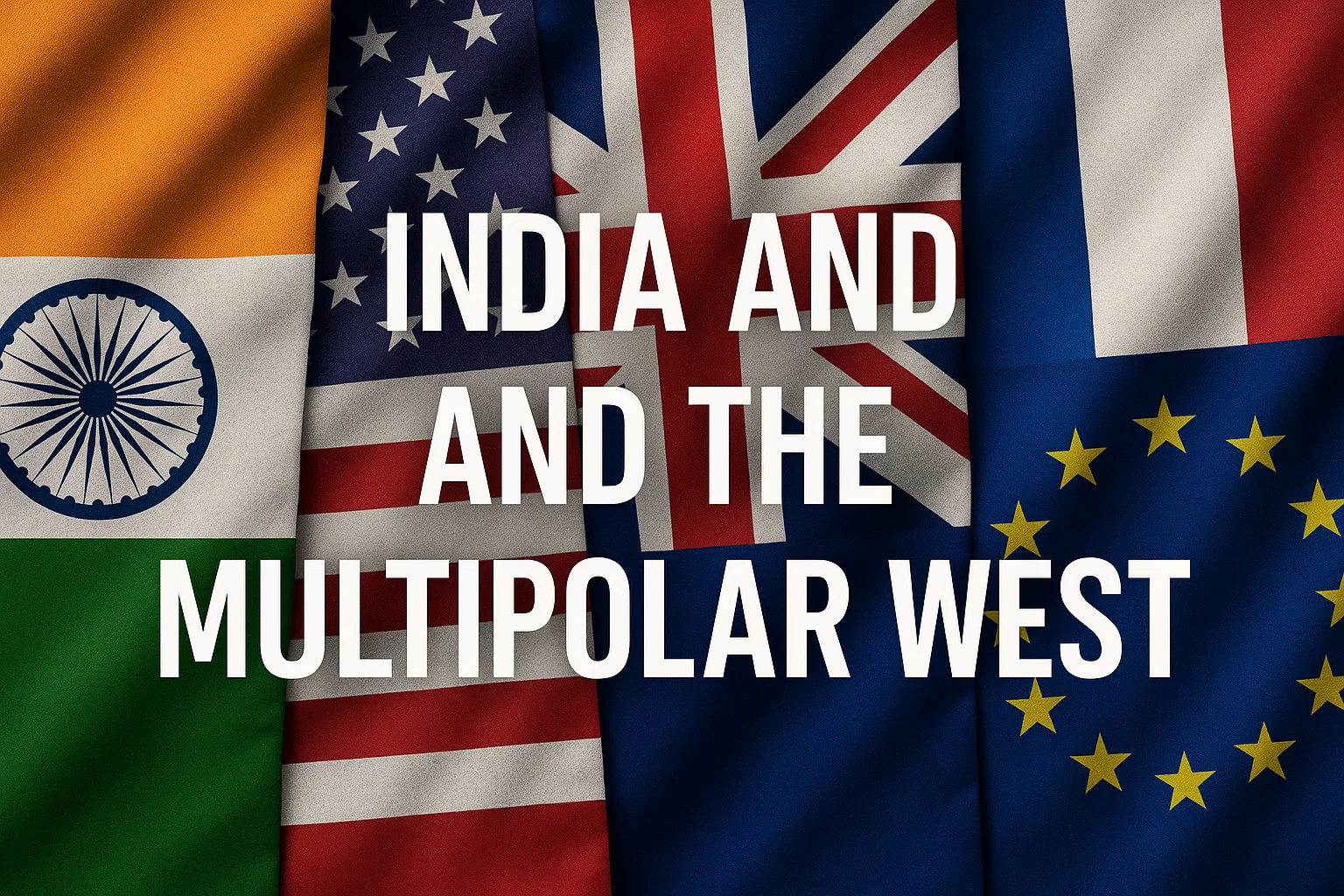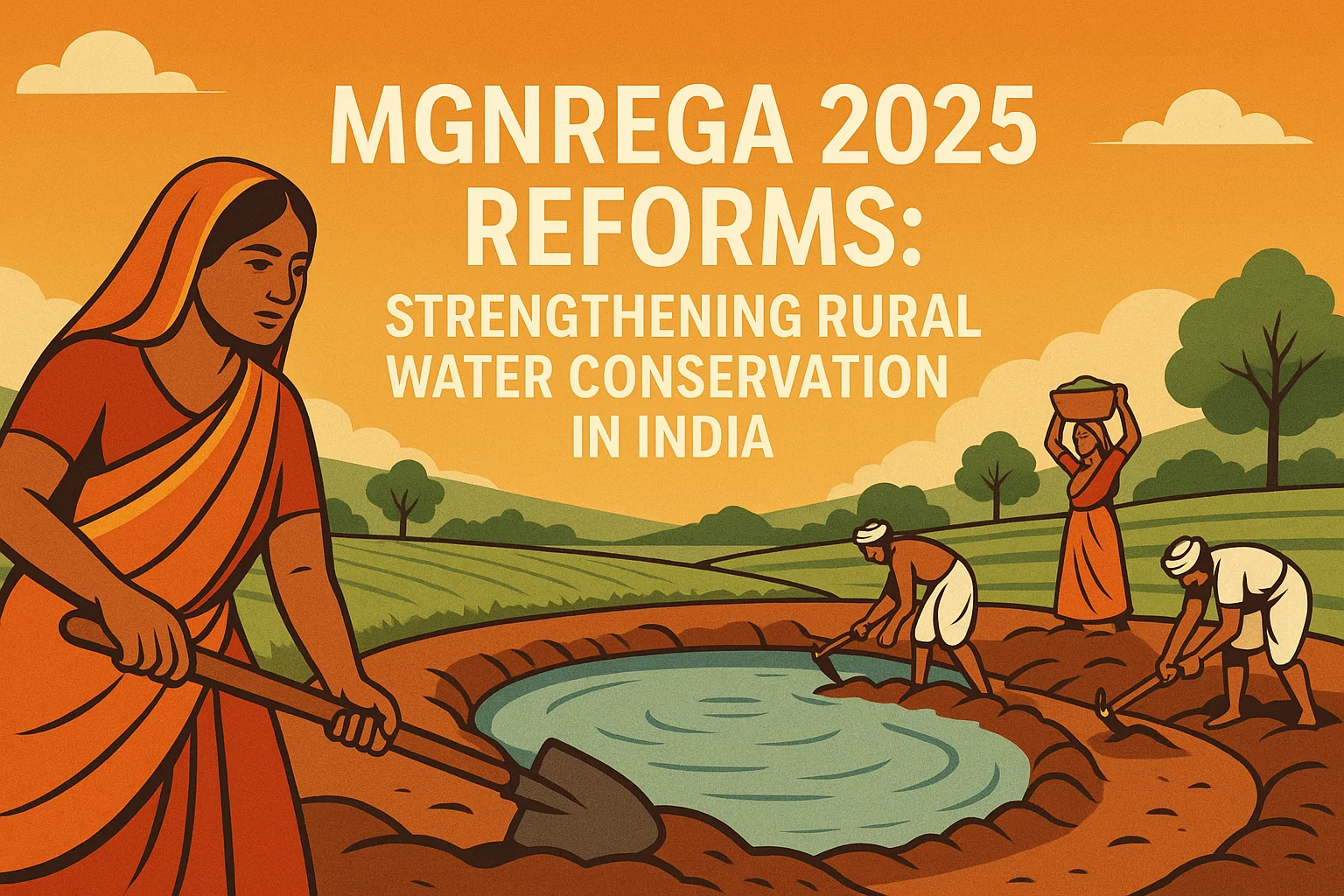Caste Census and Social Justice
Consensus on caste census
Context:
With the BJP government finally conceding to demands for a caste census — albeit reluctantly — India is witnessing a significant political shift.
More on News
- However, this move appears less about genuine commitment to social justice and more about political optics.
- The ruling party, displaying classic traits of a dominant political force, has co-opted a key Opposition demand and reframed it in a way that could neutralise its radical potential.
Political Context Behind the Caste Census
- Mandal Politics: Historically, the idea of “Mandal” politics and OBC reservation stemmed from non-consensual and highly charged political environments.
- 2nd Backward Classes Commission: The Second Backward Classes Commission, and the implementation of its recommendations in the early 1990s, led to nationwide protests and deep political polarisation.
- At that time, India’s political arena was more fragmented, allowing for genuine ideological clashes and mass mobilisations.
- Today’s Shift: Today, however, the landscape is dominated by a single party — the BJP — which uses its position to appropriate and sanitise contentious issues.
- While Rahul Gandhi and the Congress attempted to revive the caste question in the lead-up to the 2024 general elections, the move yielded limited electoral dividends.
- Still, the growing noise around caste enumeration forced the BJP to reconsider its resistance.
BJP’s Calculated Embrace of the Caste Census
- Initially opposing the caste census on the grounds that it could fracture Hindu unity, the BJP has since recalibrated its stance.
- Prime Minister Narendra Modi frequently references his own OBC identity, and the party has highlighted the marginalisation of leaders like Sitaram Kesri under the Congress to bolster its pro-OBC image.
- Now, by announcing that caste will be included in the next national census, the BJP appears to have stolen the narrative.
- But this symbolic victory is not necessarily a win for substantive change.
Risks of a Hollow Consensus
- The sudden emergence of national consensus on caste enumeration may actually sideline deeper conversations about caste-based inequalities — including discrimination, violence, and economic deprivation.
- With the focus now narrowed to the logistics of counting castes, more transformative ideas such as the formation of an Equal Opportunity Commission — once discussed during the UPA era — have vanished from public discourse.
- This is the hallmark of dominant-party politics: convert complex social issues into controlled narratives, strip them of their disruptive power, and create a facade of unity.
Key Challenges and Questions Ahead
Census Delays and Design Flaws: The national census, originally scheduled for 2020-21, remains pending.
It’s unclear what caste-related data will be collected, how it will be framed, and whether it will mirror the flawed methodology of the 2011 SECC (Socio-Economic and Caste Census).
- State-Level Data Ignored: States like Bihar, Karnataka, and Telangana have already conducted their own caste surveys.
- But with the Centre’s announcement, these reports may be sidelined, and any state-led initiatives toward caste-based policy planning could stall.
- Policy Paralysis Despite Data: Even without fresh caste numbers, India’s socio-political reality cries out for targeted welfare, proportional representation, and affirmative action reforms.
- Yet, there’s no indication that political parties — including Congress — are prepared to push the agenda meaningfully.
- Elite Resistance Across Castes: Resistance to redistributive policies is expected not only from upper castes but also from dominant OBC and SC communities within states, who may fear dilution of their current privileges.
- This intra-group elite capture remains a major roadblock to genuine social justice.
- The “Hissedari” Dilemma: Rahul Gandhi’s call for backward castes to receive their fair “hissa” (share) has gained traction.
- However, the proposal lacks clarity on how to empower small, marginalised communities that may still be excluded under a purely proportional system.
The BJP’s strategic embrace of the caste census issue is not an unequivocal win for backward communities — it is a political containment exercise. By creating a managed consensus, the ruling party has muted calls for systemic reform and made it harder for the Opposition to push back.
History of Caste Census in India
Colonial Era (1881–1931):
- The practice of caste-based data collection began with the first synchronous Census of India in 1881, under British colonial rule.
- From 1881 to 1931, every decennial census included detailed enumeration of all castes, sub-castes, and tribes.
- The 1901 Census, led by H.H. Risley, classified castes according to the varna hierarchy, which led to protests and controversies. By 1931, Census Commissioner J.H. Hutton shifted to occupation-based classification to avoid social precedence disputes.
- The 1931 Census was the last comprehensive caste census. The 1941 Census was disrupted by World War II, and its caste data was never published.
Post-Independence (1951 Onwards):
- After independence, the government decided not to collect caste data in the 1951 Census, except for Scheduled Castes (SCs) and Scheduled Tribes (STs).
- This policy aimed to move away from reinforcing caste identities and foster national unity.
- In 1961, the central government permitted states to conduct their own surveys to identify Other Backward Classes (OBCs) if they wished.
Mandal Commission and OBC Reservations: The Mandal Commission (1979–1980) relied on the 1931 caste data to estimate the OBC population at 52%, which later influenced the implementation of 27% reservations for OBCs in education and government jobs in 1990.
Socio-Economic and Caste Census (SECC) 2011:
- The UPA government initiated the SECC in 2011, making it the first attempt at a caste-based census since 1931.
- SECC 2011 collected socio-economic and caste data, but only the socio-economic findings were released publicly; the caste data was handed over to the Ministry of Social Justice and Empowerment and remains unreleased.
- SECC 2011 was conducted independently from the main Census under the Ministry of Rural Development and Ministry of Housing and Urban Poverty Alleviation for rural and urban areas, respectively, with the caste component under the Ministry of Home Affairs.
Recent Developments: In 2025, the Union Cabinet Committee on Political Affairs approved the inclusion of caste enumeration in the upcoming national Census, marking a significant policy shift.


